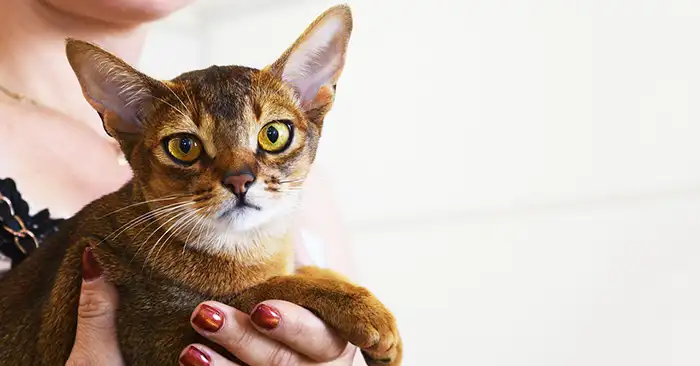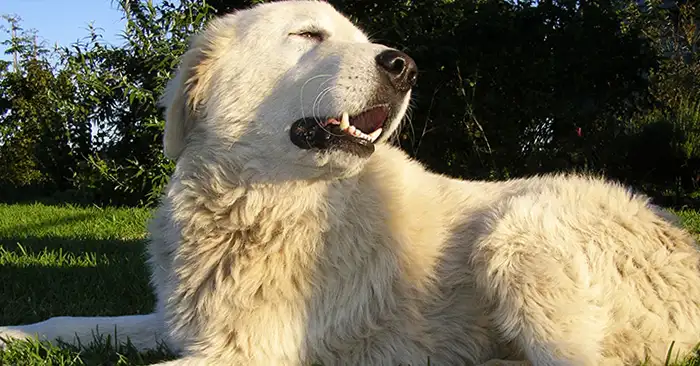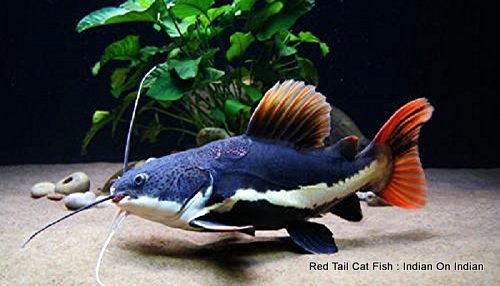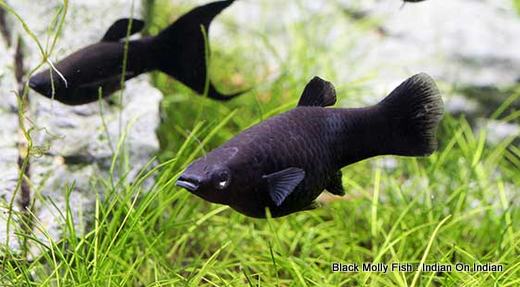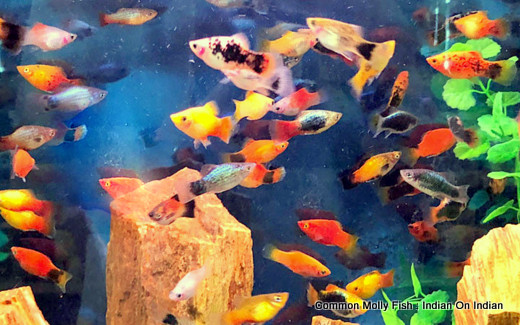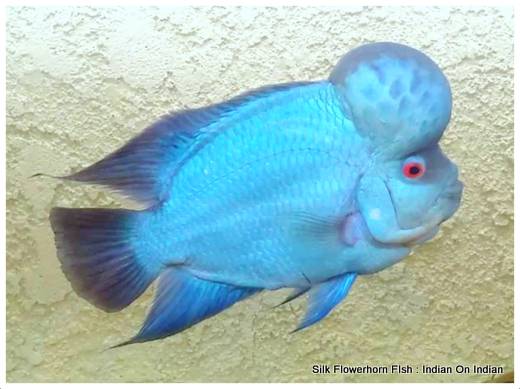The beautiful little lionchu; Oh I adore them, such a cute fish. They are so slow to swim and sometimes they just lay still at one place in the aquarium. So much peaceful; a literally overloaded dose of cuteness and when they will start to feed on your hands; oh boy; it’s a memory to collect. Okay, enough said, let us now take a look at the lionchu Goldfish. One thing I would like highlight here is that this special breed lionchu goldfish is also known as lionhead ranchu goldfish.
For the sake of convenience and clarifying the underlying confusion between two Goldfishes breeds, I will bring out both names clearly multiple times in the following work. So, let’s start.
Lionchu goldfish general facts
Lionchu goldfish or the lion head ranchu goldfish was produced as the interbreeding of the two separate breeds namely the lion head goldfish and the ranchu goldfish. The most prominent features of the two breeds were filtered down in this breed and resulted in an unusually pleasing and beautiful fancy goldfish. The lionchu goldfish have the rounded egg-shaped body and small tail of ranchu goldfish and the raspberry-like fleshy growth on the head like that of the lion head goldfish. To study the two parent breeds of the lionchu goldfish or the lion head ranchu goldfish please refer to the following post that were published by www.kanimall.com earlier.
In these two links, you will find complete details of the ranchu goldfish and the lion head goldfish. Going through these you will be very much clear about the lionchu goldfish or the lion head goldfish getting the deep rounded stubby body. Wide broad and sweeping back profile and small tail of the ranchu goldfish and the large head of the lion head goldfish.
One thing I would like to highlight here is that the lionchu goldfish or the lion head ranchu goldfish do not have the back fin or dorsal fins. This is because both the parent breeds do not have the dorsal fin so this trait is genetically inherited into the lionchu goldfish or the lion head ranchu goldfish.
Lionchu goldfish History
You know when in the early stage of development of fancy goldfish the lionchu goldfish or the lion head ranchu goldfish was not considered a separate breed instead the offspring produced by the ranchu goldfish and the lion head goldfish were considered mongrels. Just the hybrids of the ranchu goldfish and the lion head goldfish.
During the early stage of development when the features of the lionchu goldfish are not developed properly resembling the present stage lionchu goldfish or the lion head ranchu goldfish, there was a fancy goldfish that was considered the ancestor of the present day lionchu goldfish or the lion head ranchu goldfish. This fish was known as shi-shi-gas-hira(shishigashira) ranchu goldfish and was first reported to have been developed in japan from then available ranchu and lion head specimen. This Japanese word shishigashira ranchu is translated to the lion headed ranchu goldfish. As in the case of the ranchu goldfish the shishigashira ranchu goldfish had the stubby body that is more rounded off at the end and have a wide and broad back and it also had raspberry like fleshy head growth over a small area of its face. Some of the specimen of shishigashira ranchu goldfish in the late 1800’s were also reported to have some sort of bump on the back where the dorsal fin or the back fin is expected. This indicates that at that time both the parent breeds of the lionchu goldfish or the lion head ranchu goldfish namely the ranchu goldfish and the lion head goldfish were both in the development stage and have not yet lost the back fin.
Japan has contributed greatly to the development of the modern-day fancy goldfish breeds. Specifically, if we are considering the modern day lionchu goldfish or the lion head ranchu goldfish we need to give full credit to the goldfish enthusiasts and goldfish breeders of Thailand.

Lionchu goldfish Physical appearance
Bluntly speaking, the lionchu goldfish or the lion head ranchu goldfish is like a ranchu goldfish with the head of the lion head goldfish.
As like in the case of the ranchu goldfish the lionchu goldfish or the lion head ranchu goldfish have an egg fish like egg-shaped body which is blunt on the rear end. This shape is more close to being spherical than elliptical. The tail actually tapers much more steeply compared to other fancy goldfish varieties like oranda goldfish or the fantail goldfish.you can look into these breeds also in the following of our works.
The back is wide and broad giving lionchu goldfish or the lion head ranchu goldfish more rounded off a deep and stubby body. the lionchu goldfish or the lion head ranchu goldfish appear to be wider than most fancy Goldfish varieties. Just behind the head, the back starts to take a smooth curve that is uniform right up to their tail. This emphasis their egg-shaped body even more, giving them a highly curved and countered shape, especially just before the beginning of thetail. Speaking of tails, the lionchu goldfish or the lion head ranchu goldfish have unique tails. Their tail fins spread sideways. This is a unique trait of the Ranchu Goldfish giving their tails an appearance of growing in the horizontal plane. Their (the lionchu goldfish or the lion head ranchu goldfish) tail is also not evenly split into two halves but many times you will find two, three or even four lobes in their tail. The tail is short and is held higher than the belly.
They are really cute. I mean, just to look at them swimming slowly in water will give you so much peace.
In size, they can easily reach for five inches. If kept in large aquariums or in large goldfish ponds which are well maintained they are expected to reach a body length of 6-7 inches. But for optimum growth, they should be kept in small numbers with at least 25 liters of water available for each lionchu goldfish or the lion head ranchu goldfish.
Lionchu goldfish Colors and scale types
This cute little fish, the lionchu goldfish or the lion head ranchu goldfish comes in a variety of colors. They can be found in red, orange, yellow and a variety of other shades of red. Though, most commonly they are found in bicolored forms such as red and white, yellow and white, orange and white, gold and white and even calico.
Lionchu goldfish Care
As for rearing them, keep them in a spacious non-crowded aquarium because of obvious reasons. They are slow swimmers and lack dorsal fin so, it is rather difficult for them to swim fast and change the directions abruptly. There egg-shaped short and stubby body further increases their inability for faster movements. It’s best if you keep only lionchu goldfish or the lion head ranchu goldfish in aquarium that too just one fish per 25 liters of water. So, just for an example if you are having a 250 liters tank then just keep 10-12 fishes in it.
Please take care of water quality also because the fleshy head growth is prone to catch infections when kept in an unclean environment.
Lionchu goldfish Life expectancy
As like with other fancy goldfish breeds the lionchu goldfish or the lion head ranchu goldfish do live for a fairly long period. In normal household medium sized aquariums it is expected that they would easily touch 10 years of age.
In large household aquariums or in large outside goldfish ponds which are well maintained with an emphasis on clean water and tank, adequate space for each fish and high-quality feed rich in vitamins minerals and amino acids you can easily expect the lionchu goldfish or the lion head ranchu goldfish to exceed fifteen years of age.
Thanks for your valuable time you took out of your busy schedule to go through my work.More breeds of fancy goldfish are coming in near future so stay tuned.If you like our posts and would be interested in more such works then please hit the subscribe button so that you will never miss any of our upcoming works regarding your beloved pets.

